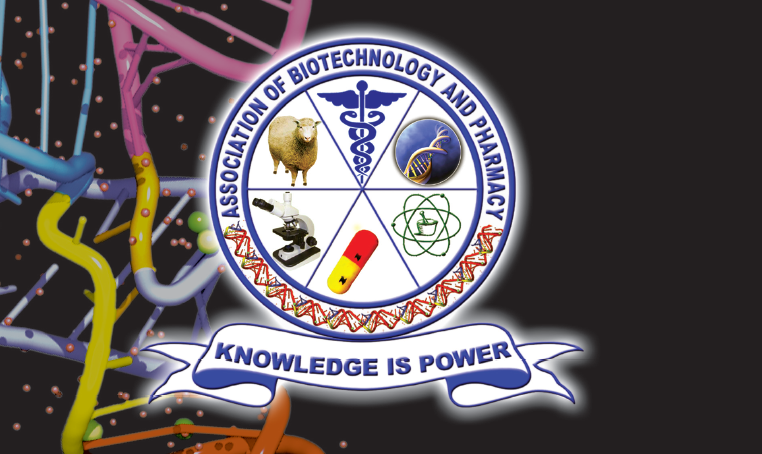Molecular Mechanism of Phytochemicals for the Treatment of Urolithiasis
DOI:
https://doi.org/10.5530/ctbp.2023.4s.102Keywords:
Kidney stone, Phytochemicals, Crystal, MechanismAbstract
Kidney stone disease ranks as the world's third most prevalent urological condition, described by the formation of crystalline deposits within the urinary system due to dissolved minerals in the urine. These stone formations can be excruciatingly painful, causing urinary flow obstruction, urinary tract infections, swollen kidneys (hydronephrosis), excessive bleeding, and sometimes necessitate surgical intervention for their removal or fragmentation. While treatments like extracorporeal shock wave lithotripsy (ESWL) and pharmacotherapy are available, their utilization is limited due to high costs, the risk of residual stone fragments post-ESWL, and associated adverse effects such as acute kidney damage, impaired renal function, and increased stone recurrence. Recent studies have highlighted the potential role of plant-derived bioactive compounds, including polyphenols, flavonoids, phenolic acids, terpenes, and alkaloids, in the prevention and treatment of kidney stones. These phytochemicals exhibit diverse mechanisms such as diuretic properties, antioxidant effects, anti-inflammatory actions, inhibition of crystallization and aggregation, reduction of hyperoxaluria, diminishing stone size, and lowering urinary supersaturation. This paper aims to delve into the discussion of these anti-lithiatic phytochemicals and elucidate the mechanisms by which they function in preventing and treating kidney stones.



